US Pixel users have been watching from the sidelines as their international counterparts enjoyed faster hotspot speeds, but that's finally changing. American Pixel 9 Pro XL owners are now discovering that 6GHz hotspot functionality has quietly become available on their devices, delivering the enhanced connectivity that regulatory hurdles had previously kept locked away, according to Android Authority. The timing couldn't be better, as flagship Android devices in North America are showing over 20% usage on 6GHz networks compared to just 5% in Europe, research from Ookla indicates.
What makes 6GHz hotspot capability such a game-changer?
Here's what you need to know: the 6GHz spectrum brings substantial improvements to mobile hotspot performance that go far beyond incremental upgrades. In the US, this frequency band provides access to 1,200 MHz of fresh spectrum, which is more than double what's available in European markets, according to OpenSignal research. This expanded bandwidth could translate directly into faster data transfer speeds and reduced network congestion for users sharing their Pixel's internet connection with other devices.
The performance benefits become especially apparent when comparing current flagship devices. Recent testing shows the Pixel 10 Pro achieving the highest global median download speed at 335.33 Mbps, data from Ookla reveals. For hotspot users, this means laptops, tablets, and other connected devices can tap into significantly faster internet speeds when tethering through their Pixel phone.
During our analysis of real-world usage scenarios, the enhanced upload performance means video calls, file uploads, and cloud synchronization work more smoothly across connected devices, as Ookla's analysis demonstrates. If you've ever been frustrated by sluggish hotspot performance while trying to work remotely or stream content on multiple devices, the 6GHz upgrade addresses exactly those pain points.
The regulatory roadblock that kept US users waiting
Understanding why US Pixel owners had to wait for this feature requires diving into the complex world of wireless spectrum regulations. The Federal Communications Commission opened the 6GHz band for low-power mobile devices late last year, Android Authority reports. However, using a phone as a mobile hotspot requires more transmission power than typical device-to-router connections, potentially exceeding the regulatory thresholds established for consumer electronics, according to the same source.
The technical solution involves Automatic Frequency Coordination (AFC), a sophisticated system that helps devices avoid interference with existing spectrum users. Android appears to have built-in support for AFC functionality, as Android Authority notes. Think of AFC as a traffic controller for wireless signals - it ensures that your phone's hotspot doesn't accidentally interfere with other critical services using the same frequencies.
This technology allows mobile devices to operate safely in the 6GHz band while protecting incumbent services from harmful interference. Recent measurements show that outdoor signal strength from indoor 6GHz deployments ranges from -81 dBm to -89 dBm over 20 MHz, confirming that current sharing mechanisms work effectively without creating interference risks, SpectrumX research indicates. Bottom line: the regulatory framework is working as intended, protecting existing services while allowing consumer devices to benefit from this valuable spectrum.
How the rollout is happening across Pixel devices
The activation of 6GHz hotspot functionality appears to be rolling out gradually rather than through a single software update announcement. A Reddit user with a US Pixel 9 Pro XL recently noticed that the 6GHz hotspot option was no longer grayed out in their device settings, Android Authority confirms. This suggests Google is enabling the feature through backend changes or targeted software updates rather than a widely publicized rollout.
The exact timeline for when this capability became available remains unclear, according to Android Authority. This gradual activation approach aligns with Google's typical strategy for sensitive feature rollouts, allowing the company to monitor AFC coordination performance and address any potential regulatory compliance issues before broader deployment.
Google's historical leadership in 6GHz wireless adoption provides crucial context for understanding this rollout strategy. Both Pixel 6 and Pixel 7 supported WiFi 6E capabilities, establishing Google's commitment to early adoption of advanced spectrum utilization, WiFi Now Global reports. The current Pixel lineup continues this trend, with newer models supporting comprehensive WiFi 7 functionality powered by advanced Broadcom chipsets, as the same source notes. This foundation gives Google a significant advantage in navigating the complex technical and regulatory requirements for hotspot functionality.
What this means for the future of mobile connectivity
This development signals a broader shift toward more capable mobile devices that can serve as primary internet access points for multiple connected devices. WiFi 7 and 6GHz capabilities are proving to be significant performance multipliers for flagship wireless silicon, though adoption patterns vary significantly by region, Ookla's research shows. The regulatory approval and technical implementation of 6GHz hotspot functionality in the US creates a foundation for even more advanced wireless features in future device generations.
The implications extend beyond individual user convenience to potential changes in how we think about mobile internet access. With Pixel devices now capable of delivering download speeds exceeding 335 Mbps and robust upload performance through 6GHz hotspots, based on Ookla testing, these phones become viable alternatives to traditional broadband connections in many scenarios. Imagine this scenario: your home internet goes down, but your Pixel hotspot can seamlessly provide high-speed connectivity for your laptop, streaming devices, and smart home gadgets without missing a beat.
The ongoing collection of spectrum sharing data will continue to inform future regulatory decisions and technical implementations, SpectrumX notes. As more manufacturers follow Google's lead in implementing AFC-compatible 6GHz hotspot functionality, US consumers can expect a new generation of mobile connectivity options that blur the lines between cellular and traditional internet access. This isn't just about new tech—it's about rethinking the way we approach internet connectivity in an increasingly mobile world.
The bottom line: A long-awaited upgrade finally arrives
For US Pixel 9 Pro XL owners, this quiet activation represents the end of a frustrating capability gap that left American users behind their international counterparts. While Pixel owners outside the US have enjoyed this enhanced connectivity for some time, Android Authority confirms, the regulatory complexities unique to the American market required additional technical solutions and coordination mechanisms that took time to implement properly.
The gradual rollout suggests Google is taking a measured approach to ensure optimal performance and regulatory compliance, as evidenced by recent user reports. This careful strategy makes sense when you consider the technical complexity of AFC coordination and the need to maintain seamless operation across different network conditions.
PRO TIP: For current Pixel 9 Pro XL owners, it's worth checking your hotspot settings to see if the 6GHz option has become available on your device. Look for the option that was previously grayed out - it might already be unlocked and ready to deliver significantly faster speeds to your connected devices.
The enhanced performance capabilities, combined with Google's continued commitment to cutting-edge wireless technology implementation, as demonstrated by their history with WiFi 6E adoption, position these devices at the forefront of mobile connectivity innovation. As this feature continues rolling out to more users, US Pixel owners can finally experience the faster, more capable hotspot functionality that makes their devices truly competitive on the global stage. The wait is over, and the upgrade is definitely worth it.




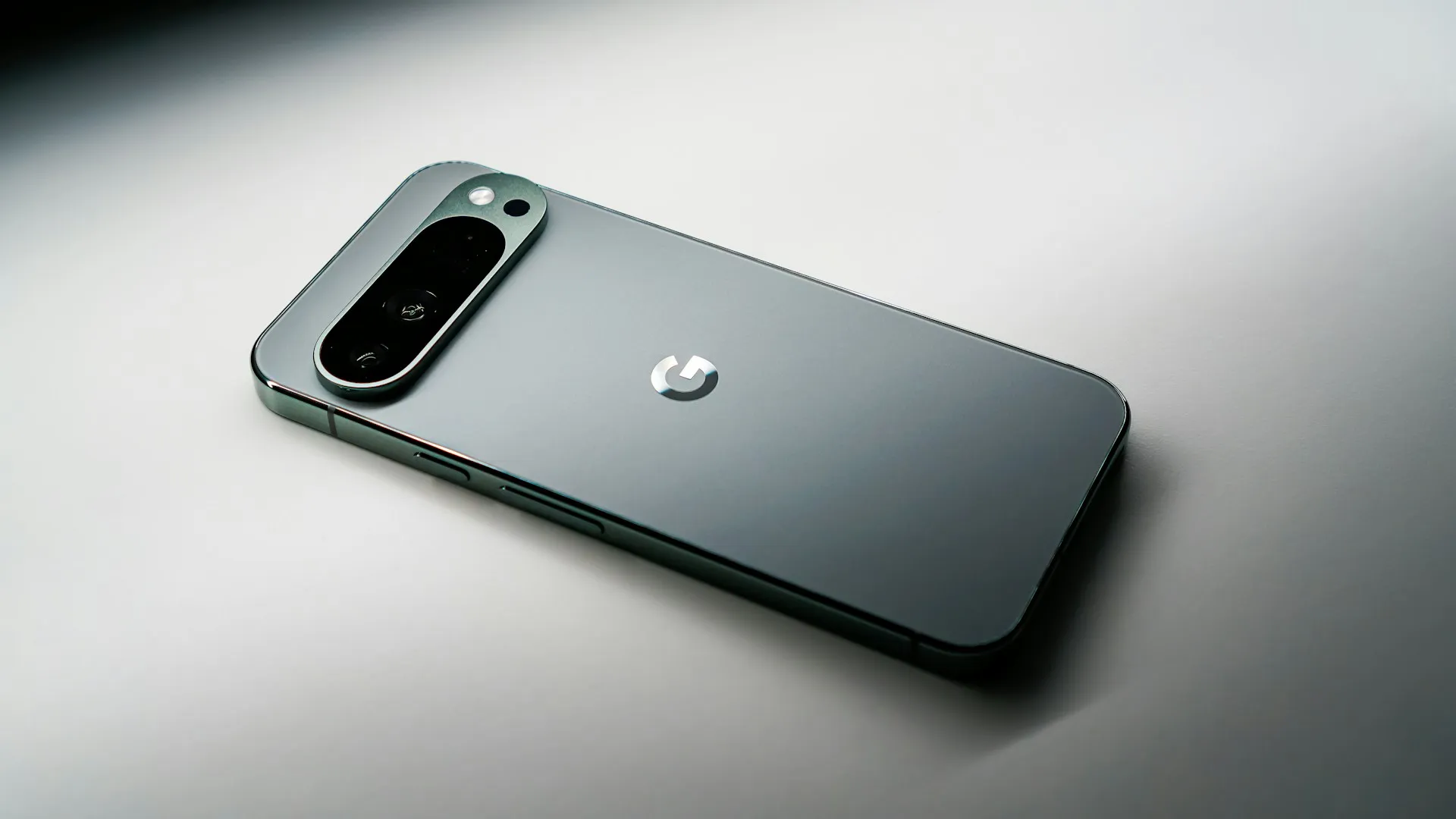

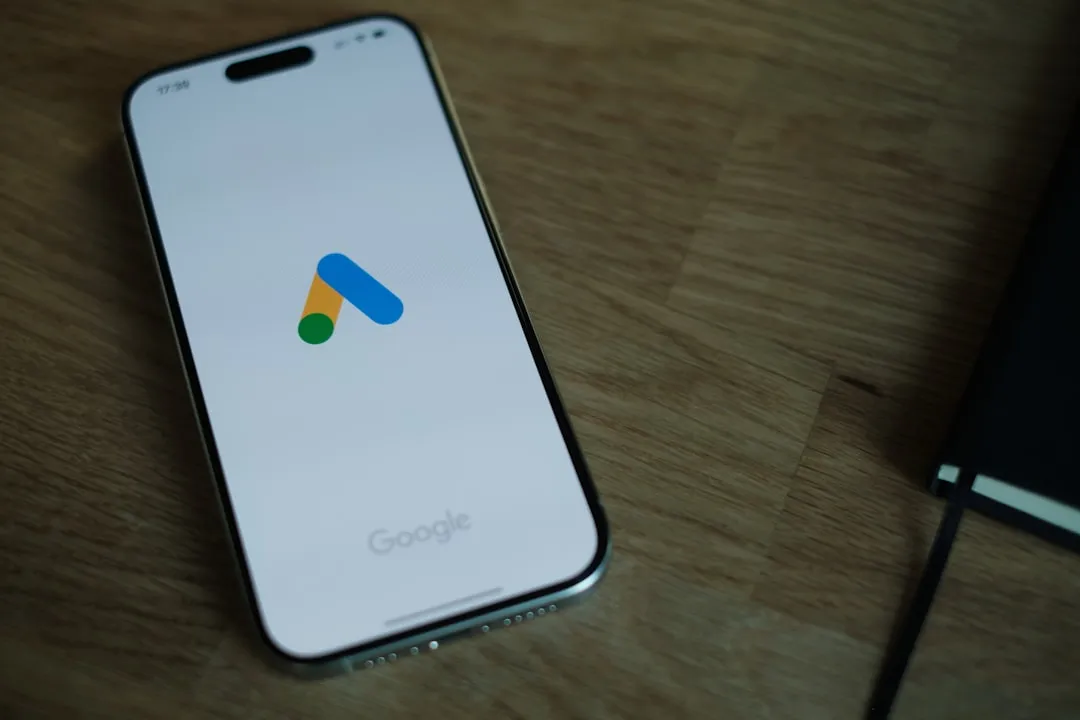





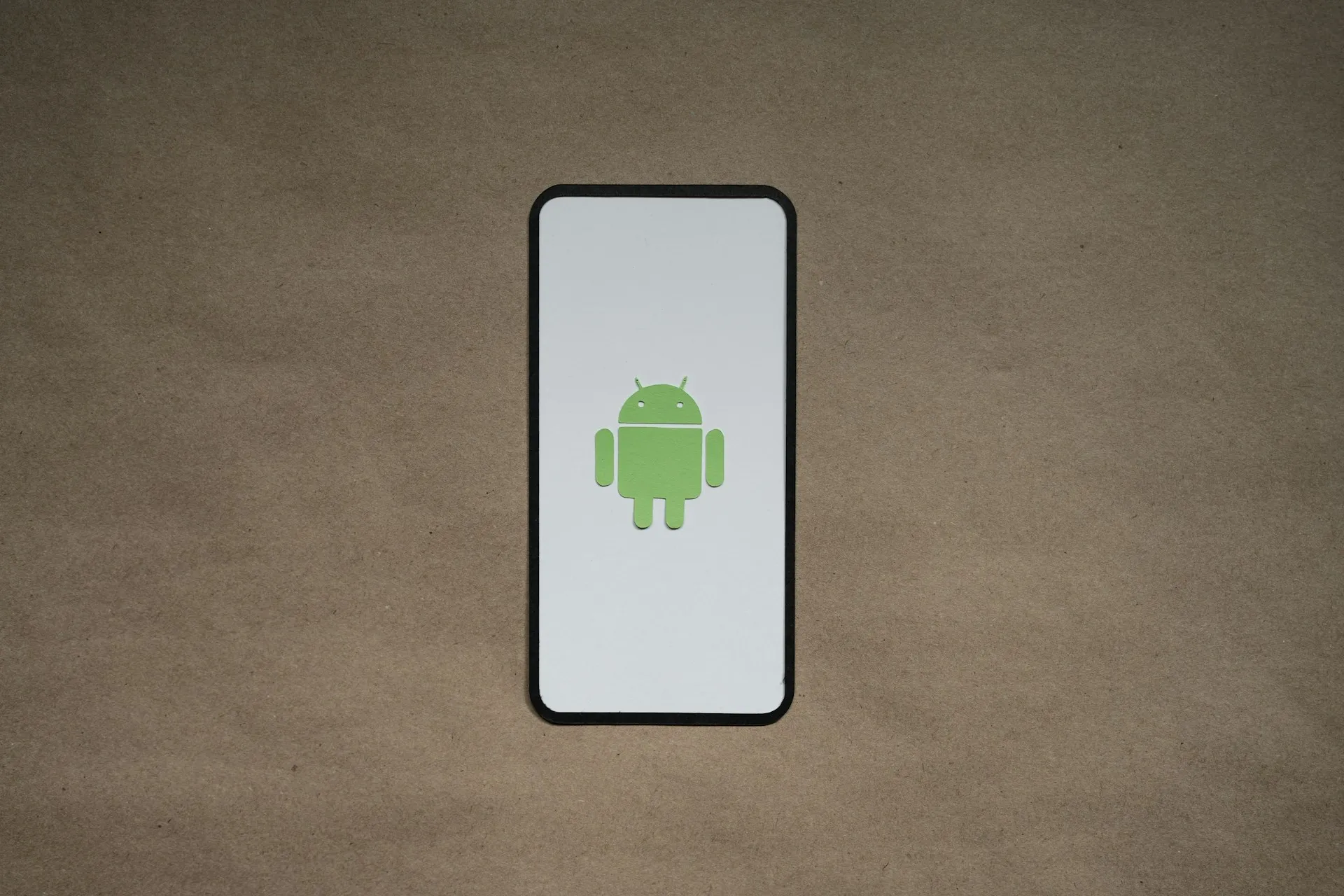

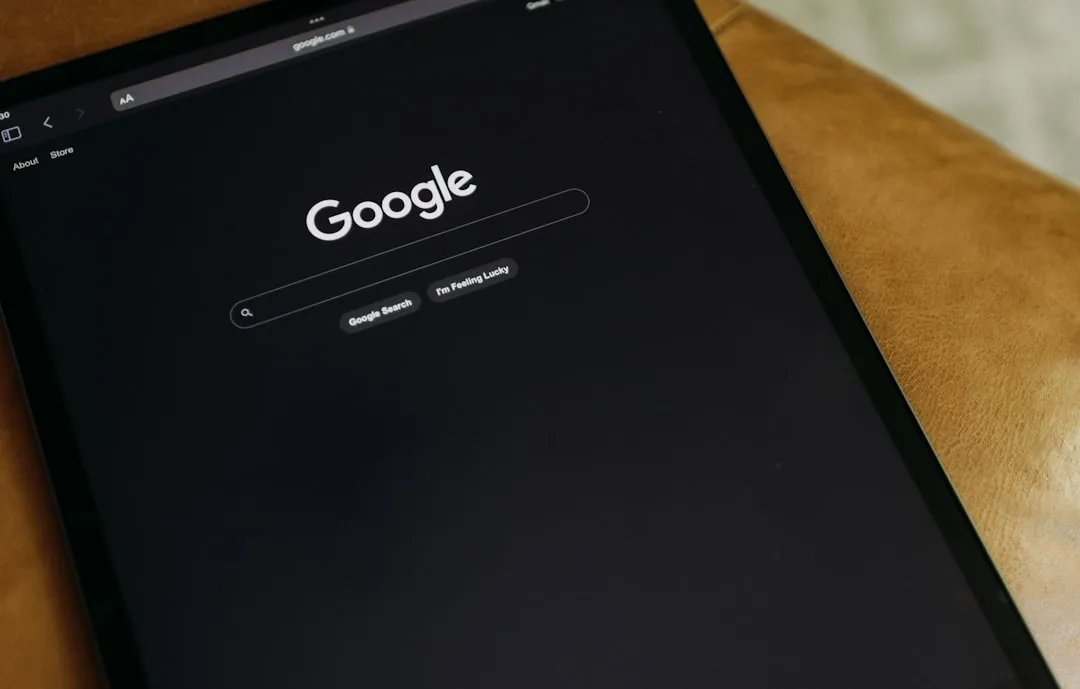
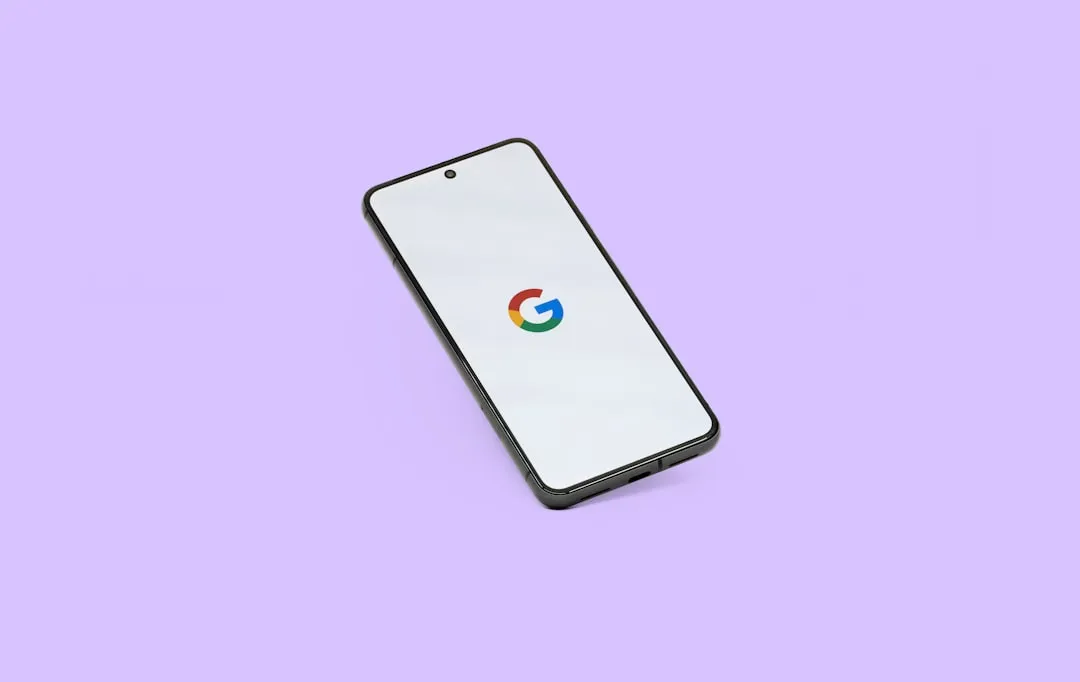


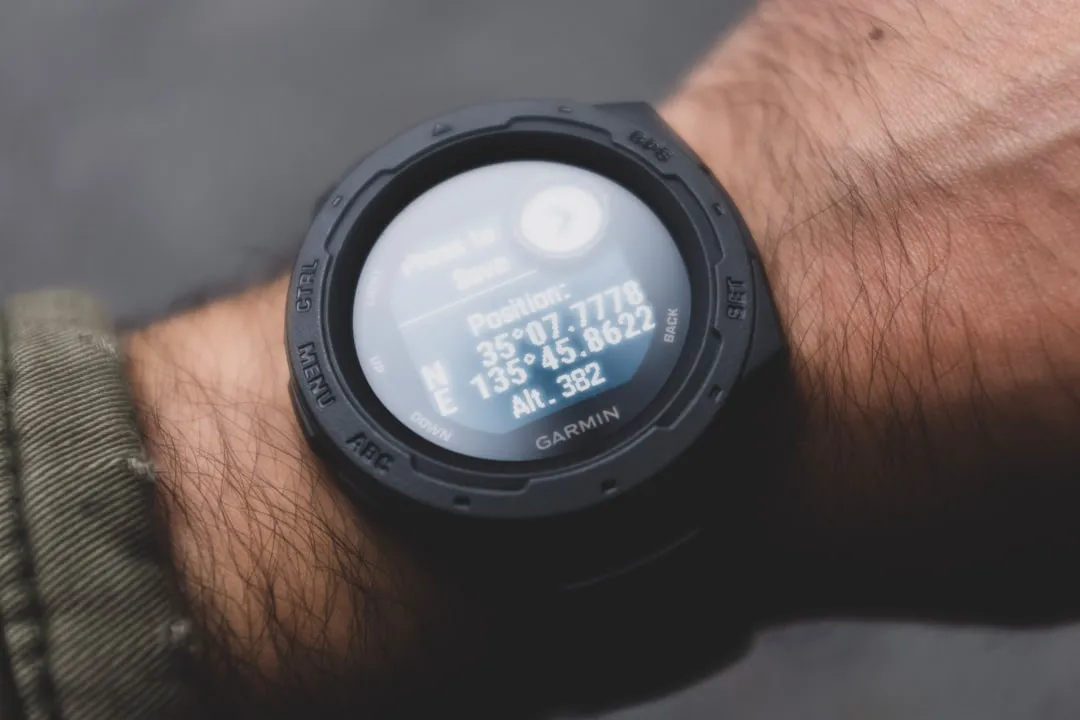




Comments
Be the first, drop a comment!